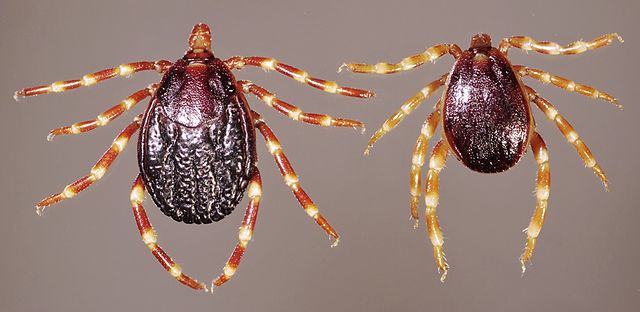New tick species carrying potentially fatal disease found in Hungary

It has been confirmed by experts that a new tick species, the Hyalomma rufipes has successfully reproduced in the territory of the country and has created one or several populations. The researchers know of at least 10, which were born domestically and did not arrive through migration from Africa.
While at first sight, this might not sound that concerning, there are a few things we should possibly worry about. The main problem is that they have the potential to carry a very serious, sometimes deadly disease, wrote 24.hu.
The tick
The Hyalomma rufipes is an extremely agile tick in comparison to the ones that are common in Europe. Most tick species found in Hungary are all very similar to each other in their characteristics. These are small, clumsy, and slow arachnids, they can barely walk, and they are practically blind as well. They cling onto their victims by dangling off the top of the grass and waiting to latch onto somebody.
In comparison, the Hyalomma rufipes is a true athlete of its kind. The fully grown ticks are at least half a centime in length, they run incredibly fast, and have great eyesight. They can chase down their chosen prey, meaning they technically hunt. The biggest concern for us is that this species is also capable of carrying the pathogen for the Crimean–Congo hemorrhagic fever.

The disease
The Crimean-Congo hemorrhagic fever is not an illness to be taken lightly. Many animals are infected with it asymptomatically. For humans, it means a possibly life-threatening disease.
It enters the Hyalomma rufipes by the tick sucking the blood of those animals who have the pathogen. When they reproduce, they also infect each other, and the eggs also have the possibility to carry the illness. This means that every newborn tick will also be born with the illness.
The symptoms in humans include headache, fever, muscle, and joint pains, back- and stomachache. It can also cause the tissue under the skin to start bleeding, hence the name, and that is what makes it so dangerous. It lasts for a few days, possibly 1-2 weeks. In some cases, it can get more severe, and it has a 30 percent death rate, which is quite high. There is no special therapy or treatment against it.
So, should we worry?
According to Dr. Gergő Keve, a research fellow involved in the study, we don’t have to fear an epidemic for now. The territorial spread of the tick is very constrained (in the western region of Lake Balaton), and the pathogen count of the disease in Hungary is extremely low. All in all, we don’t have to worry about catching the disease.
However, there is something else that’s worth paying attention to. The fact that the Hyalomma rufipes managed to stay alive and reproduce in our domestic weather should bring our attention to the effects of climate change. In some parts of the Balkan Peninsula, these infections are not isolated incidents anymore, they record a good dozen of them every year.
It’s also good news that it’s highly likely that the pathogen will slowly but steadily disappear from the new generations. Also, numerous traditional anti-tick measures are useful, when it come to protecting ourselves from these bloodsuckers.
Read also:
Source: 24.hu





